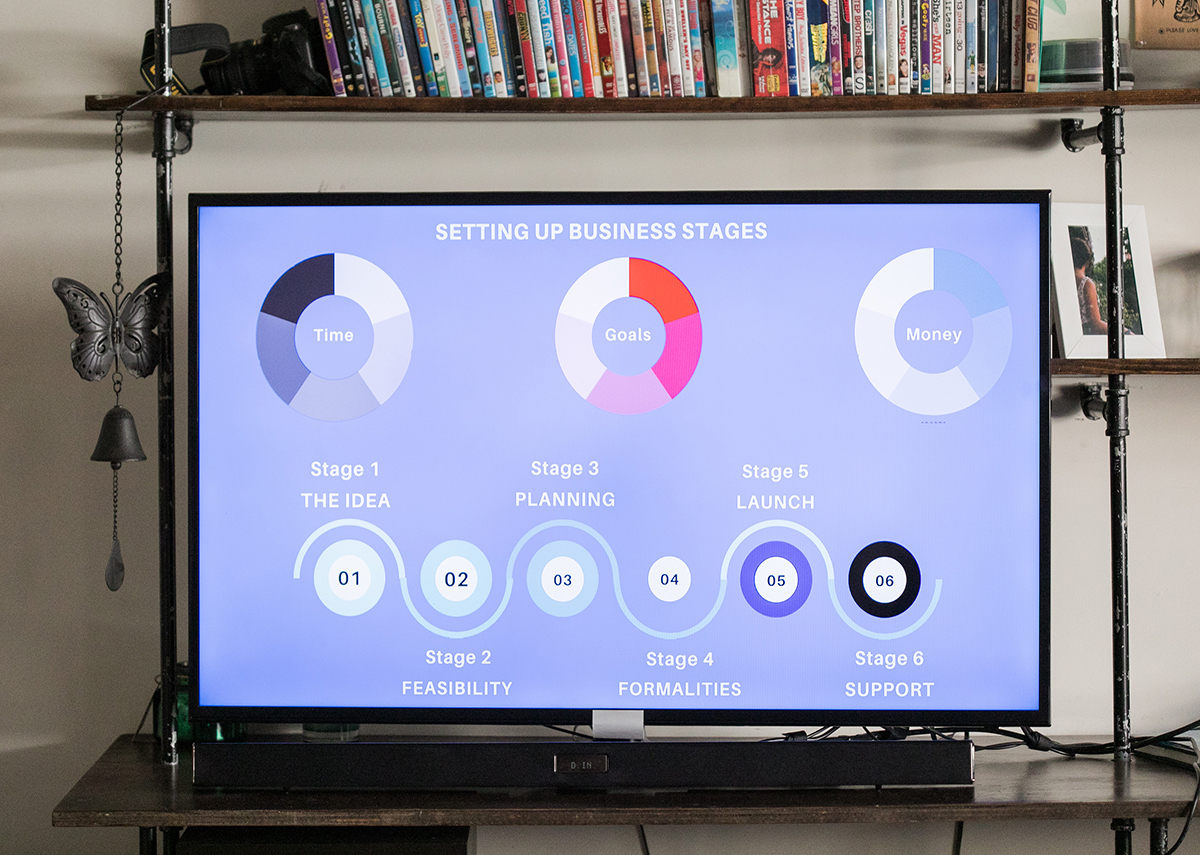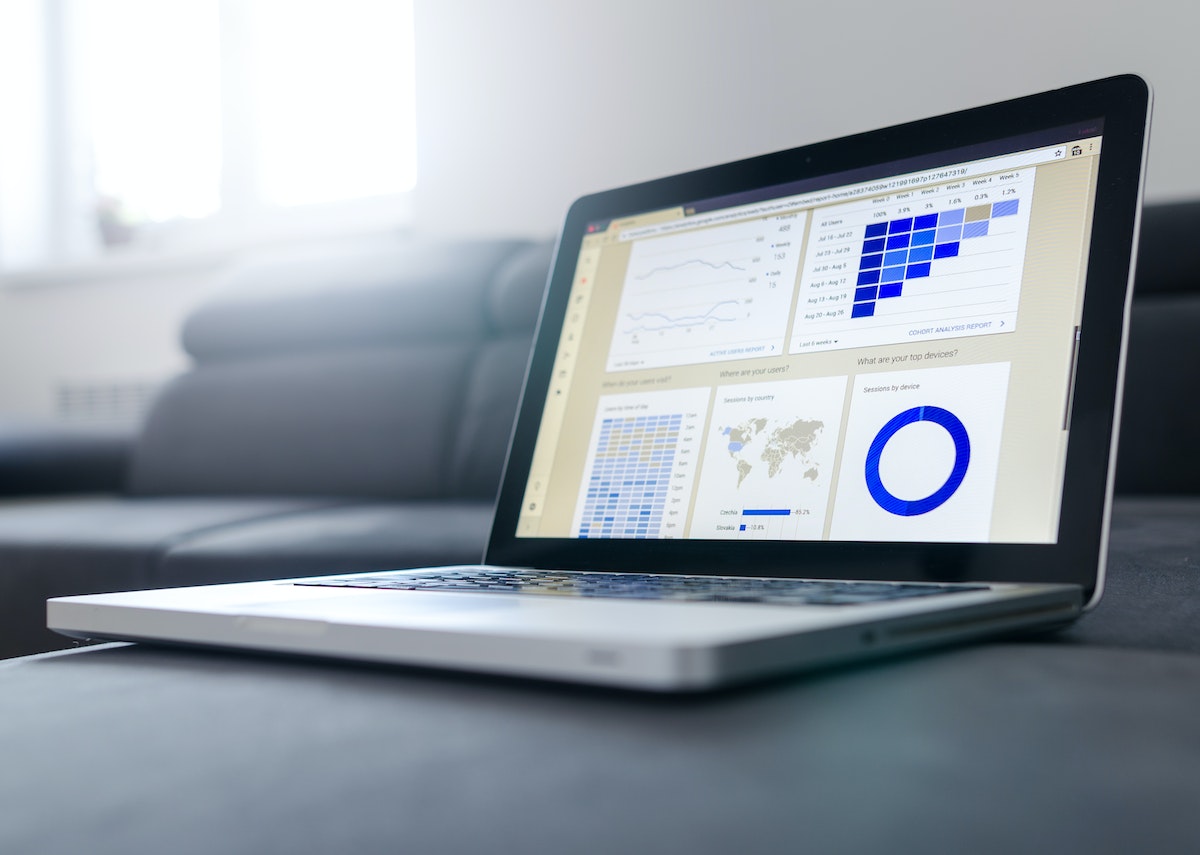A Quick Overview of Datafication and How It Works for Companies
Share

Datafication refers to the collective technologies, methods, and tools that transform unorganized data and critical business processes into quantifiable data. It’s a way to transform a simple organization into a data-driven enterprise. Converting data requires a lot of knowledge and skills, especially in the tech department.
The datafication technology allows businesses to make key decisions by converting qualitative data into quantifiable formats. In a sense, all the unorganized and unused data inside an organization could actually be beneficial when it goes through datafication. It’s a growing tech trend, and here’s why!
Why is Datafication Vital for Modern-Day Enterprises?
Datafication enables businesses to unlock new opportunities and pave the way for incorporating the latest tech advancements in the industries. Although datafication isn’t simple, you can datafy your organization to generate valuable insights over time.
Once you turn critical business processes into measurable numerical data, you can achieve optimization and introduce more efficiency in your operations. You can pad your revenue and increase productivity by switching to datafication techniques.
Through datafication, you can increase the efficiency of your day-to-day tasks by preventing resource wastage. Similarly, you can streamline current business operations and achieve a noticeable competitive edge.
How Does Datafication Help Companies?
Datafication has gained the momentum that was necessary to penetrate multiple industries. Here are a few main applications that depict how datafication is beneficial for modern-day businesses:
· CRM (Customer Relationship Management)
Modern enterprises can understand, train employees, and deploy datafication models to benefit from customer-sourced information. It would require various strategies and tools to understand business customers.
However, you could trigger insights and comprehensive data through datafication. It improves customer relationship management systems in businesses to help them understand their customers’ personalities and behaviors.
· Human Resource Management
The primary use of datafication is to understand how some people behave and what leads them to make particular decisions rather than others. Datafication helps human resource management departments in numerous companies create employee profiles based on various characteristics.
Through legal compliance and adherence to privacy rights, companies can still gain consumer-sourced data via social media, mobile apps, and mobile phones. For example, datafication eliminates the need for personality tests during the hiring process. The technology helps HR managers identify risk-takers, productivity-focused, and toxic players in company culture.
· Financial Service Provision
The financial industries were the first to use datafication and benefit from the said technology. It primarily helped finance firms to understand applicants, users, and customers of their services/products.
For instance, an insurance company can create a risk profile for applicants based on their existing records and data through various sources. In the same way, datafication allowed banks and lending firms to dodge fraudulent schemes and applicants by understanding risk factors and credit scores.
Conclusion
The increasing use of datafication based on consumer-sourced information across various industries is increasing the demand for datafication technologies worldwide. Simply put, datafication is the digital method to transform raw data and different aspects of a business into quantifiable data. By perceiving data in numbers, it’s easier for companies to make key decisions in a short time.




